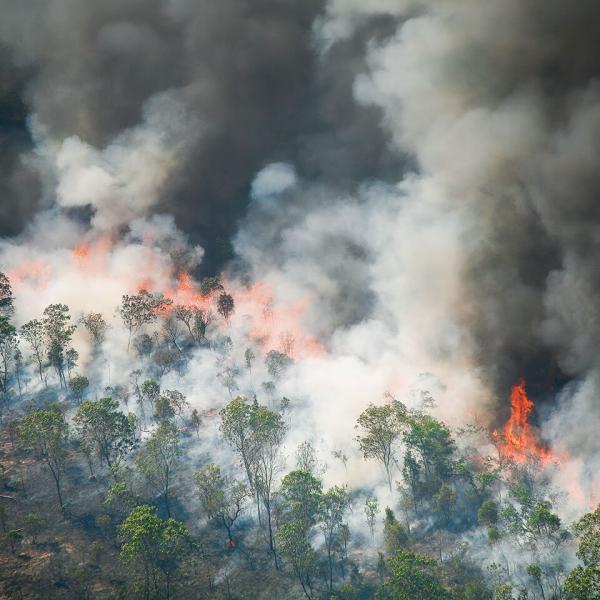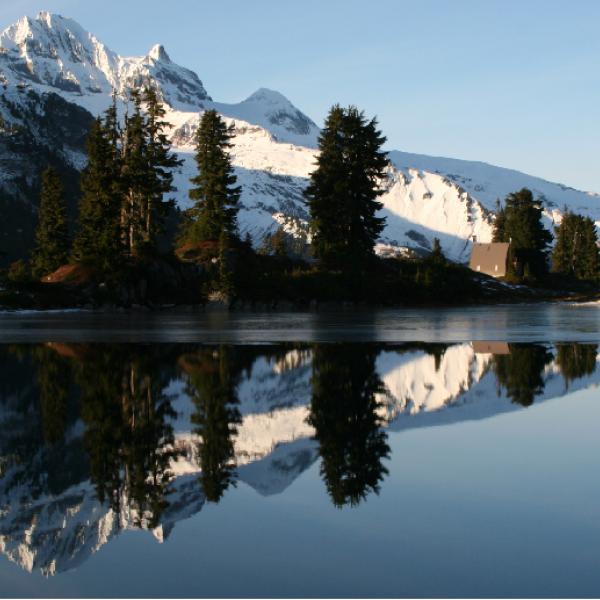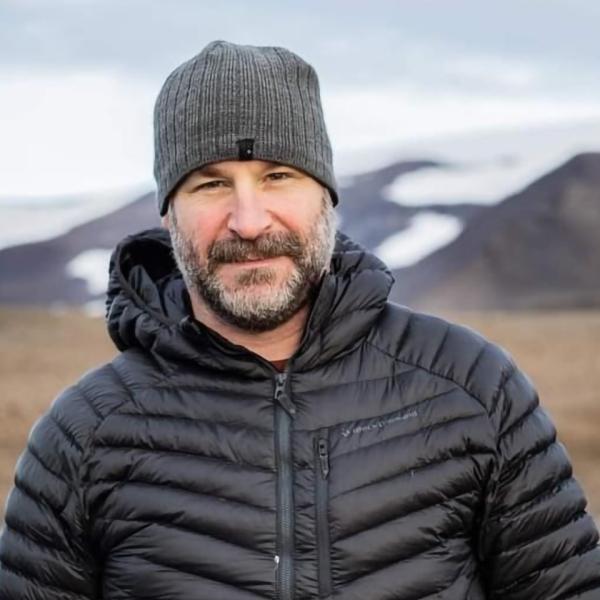Last spring, a wildfire in Fort McMurray, Alberta destroyed approximately 2,400 homes and forced the evacuation of nearly 90,000 people, the costliest natural disaster in Canada’s history. As climate change raises global temperatures and alters rainfall patterns, many scientists believe that such events will become more common. Professor Steven Cumming thinks they’re right, but he’s found a couple of ways that forests themselves could partially mitigate the damage.
Cumming and his team at Université Laval build sophisticated computer models to forecast the characteristics of forest fires, including their frequency, size and intensity. There are many inputs to consider, from the amount of snowfall over the winter to the average daily maximum temperatures to the type of vegetation found in a given area of forest. “Conifer forests tend to have more fires per unit area and time than deciduous forests,” says Cumming. “They also react differently to the kind of weather that gives rise to fires. For example, the number of lightning fires is much more sensitive to increasing dryness in conifer forest than in deciduous forest.”
Along with graduate student Jean Marchal and his colleague Elliot McIntire of the Canadian Forest Service, Cumming recently completed what he calls a “tour de force” model that focuses on forests in southern Quebec. Crucially, it takes account of changes in forest vegetation due to a warming climate, something that has not been part of previous models.
Cumming agrees with the broad consensus that climate change will lead to hotter weather and, in turn, more and larger fires in the short term. But counter-intuitively, this could itself lead to fewer or smaller fires in the long term, because recently-burned areas contain less fuel. “If there’s a larger area that’s burned in the past few years on average, that in itself tends to reduce the size of future fires,” says Cumming.

Another effect has to do with the shifting vegetation. A warmer climate means that burned coniferous forests are more likely to be replaced by deciduous forests, which are less fire-prone. “The impact of these feedbacks is very great,” says Cumming. “Fire activity will increase substantially over the next century, but not nearly as much as one might think.”
Still, the short-term forecast doesn’t look good. “The effects that damp down fire activity aren’t really large until there are a lot of recently-burned areas,” says Cumming. “It takes decades.”
Cumming is currently working on improving the part of the model he considers to be the weakest: determining the effect of fire suppression techniques like water bombing or cutting firebreaks. “We don’t know yet whether spending twice as much money will increase the effectiveness,” he says. “In Fort McMurray, they moved heaven and earth to stop the fire, and they probably succeeded in making it a lot smaller than it would have been, but it was still huge. There is still a lot of work that needs to be done before we can accurately account for fire management, and make sure that the people who live near the forest are protected as well as they can be.”






